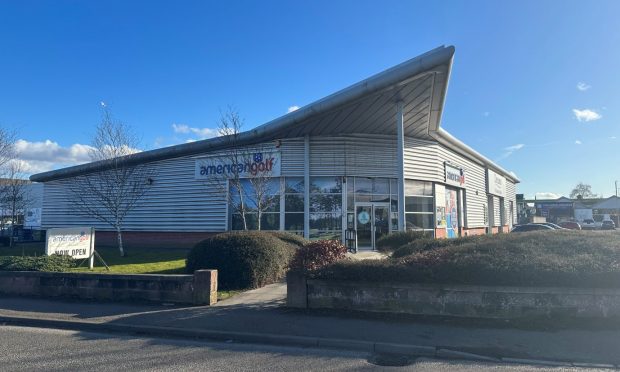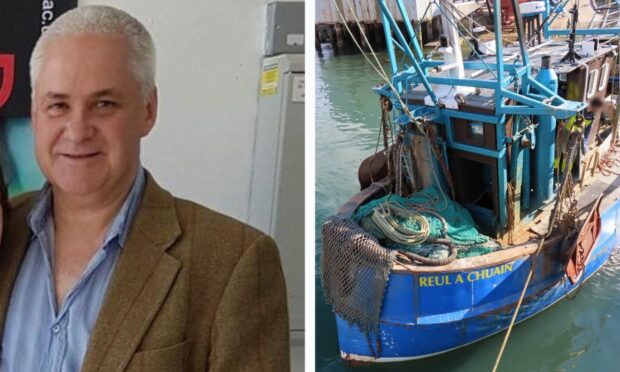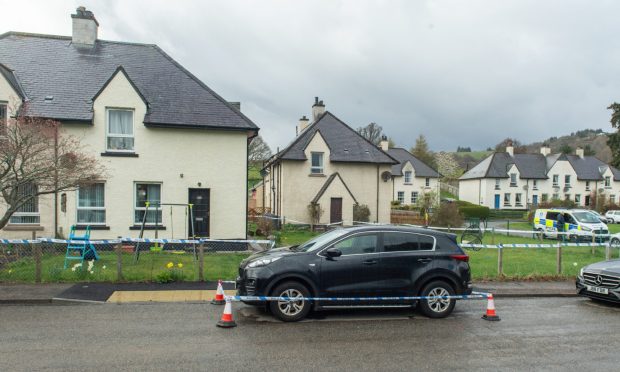The 10-year goldrush of wind developments has begun to fundamentally change the landscape of the north of Scotland.
This is of major concern, because our wild landscapes are the main drivers of tourism and the backbone of the economy of the Highlands.
Renewable energy is an important part of our nation’s strategy to reduce greenhouse gases. But so too is protection and restoration of deep peat, which keeps carbon locked in the ground. When this resource is disturbed by the building of turbine bases and access roads, the damaged peatlands start to release carbon into the atmosphere.
So, windfarms in the wrong places can damage both local economies and the planet.
On the positive side, the Scottish Government in 2014 introduced 42 Wild Land Areas (WLAs) to be considered in wind farm planning.
Encouragingly, several refusals of industrial-scale windfarms followed, but the recent approval by the Scottish Government of Creag Riabhach near Lairg, which includes turbines in the WLA, was a shock. This runs counter to the Scottish Government’s own policy of protecting wild land as a nationally important asset – and sends a worrying signal that wild land is open to speculative developers.
Large-scale wind farms can be a divisive issue in rural communities. Many local people in affected areas are alarmed at the proliferation of giant turbines up to 177 metres tall – double the height of the recently demolished Red Road flats in Glasgow.
In a 2013 poll of Scottish residents, 75 per cent agreed that “core wild land should be given special protection from inappropriate development, eg wind farms.” And in a 2014 poll of Highlands and Islands residents, 49% believed the spread of onshore windfarms would have a negative effect on tourism (while 44% thought it would have no impact).
The right approach in the north of Scotland is to recognise that our landscape is a precious asset that creates and maintains employment, and enhances the quality of our lives.










